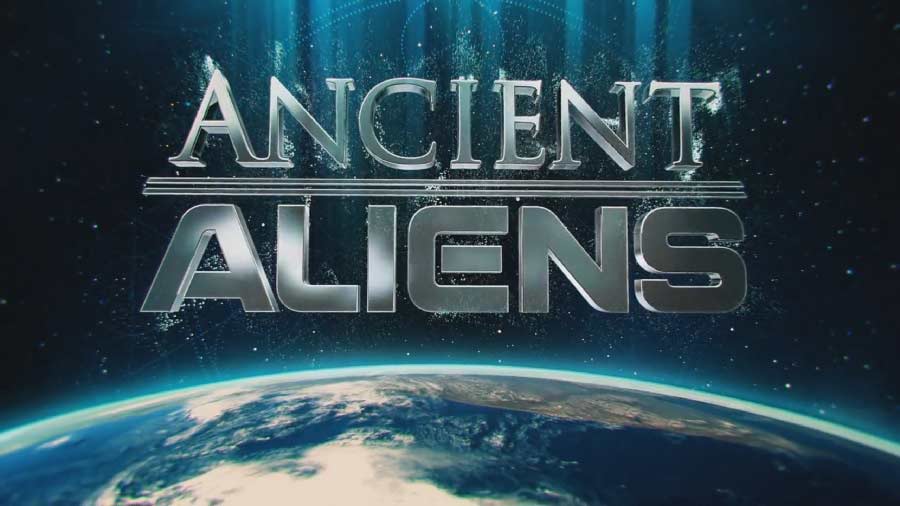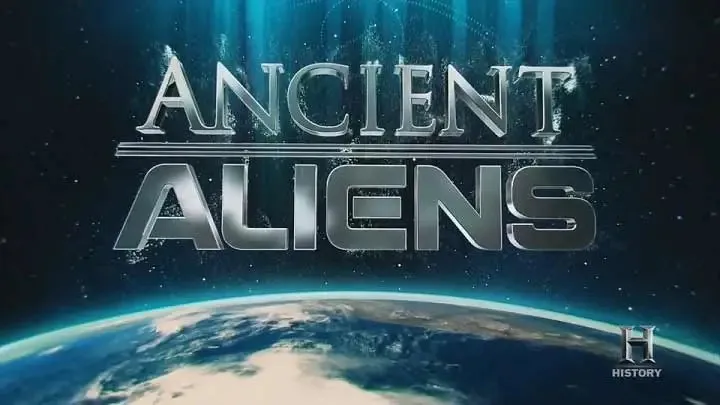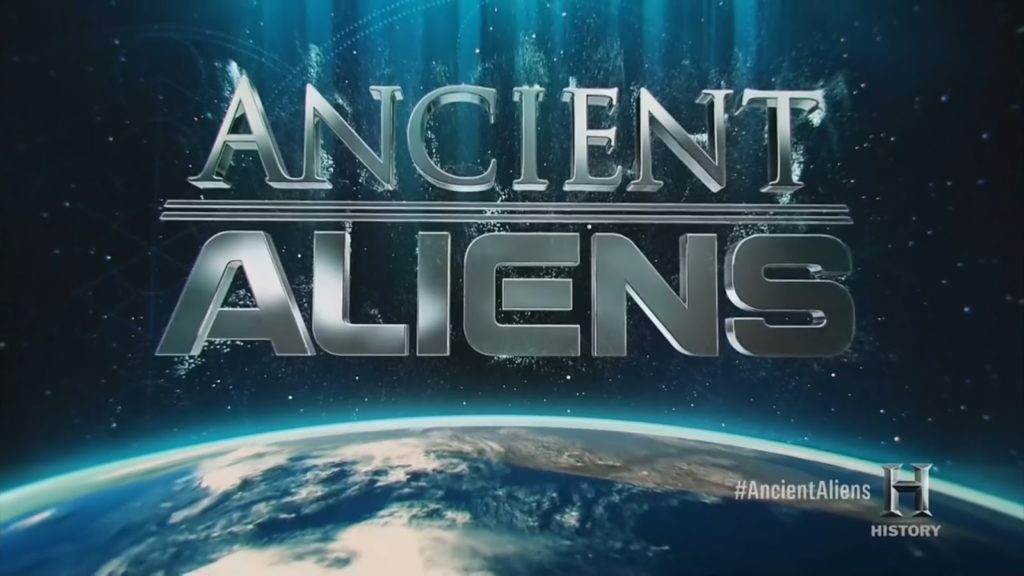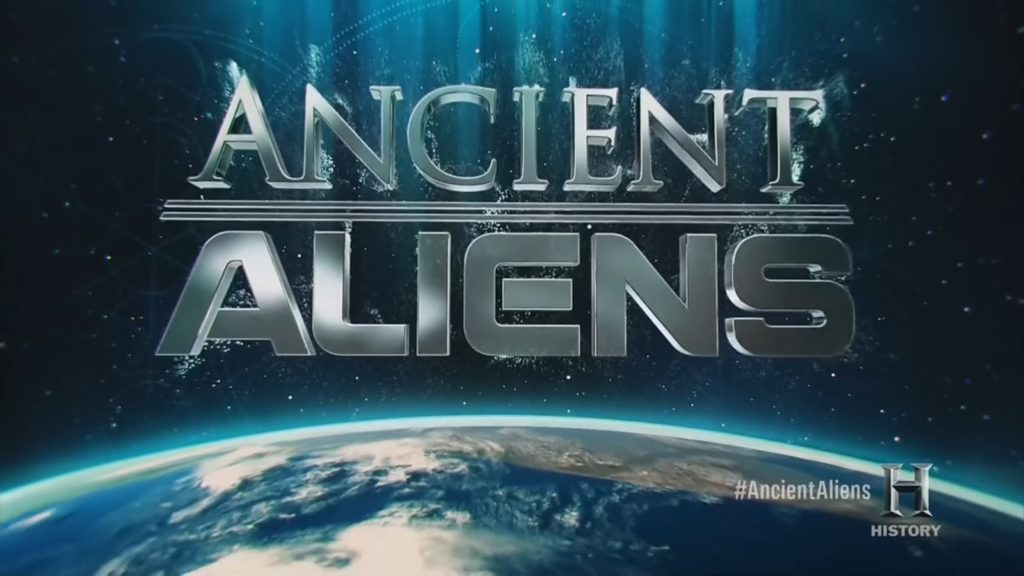Ancient Aliens – Beyond Nazca: Erich von Daniken’s landmark book, Chariots of the Gods, brought attention to the mysterious phenomena of the Nazca Lines.
Hundreds of gigantic lines, some in the shape of animals, geometric patterns and even an alien-like being, extend for miles throughout a remote Peruvian desert. Scholars are divided as to who built them, and why. Some Ancient Astronaut theorists believe that the massive markings have an extraterrestrial connection, and perhaps the ancient people of the region created these gigantic figures in tribute to the gods who visited them. And with one of the largest deposits of nitrates in the world–a key ingredient in rocket fuel and weaponry–could Nazca have been a mining operation for advanced beings in the distant past?
Ancient Aliens – Beyond Nazca
Anthropologists, ethnologists, and archaeologists have studied the ancient Nazca culture to try to determine the purpose of the lines and figures. One hypothesis is that the Nazca people created them to be seen by deities in the sky.
Paul Kosok and Maria Reiche advanced a purpose related to astronomy and cosmology, as has been common in other cultures: the lines were intended to act as a kind of observatory, to point to the places on the distant horizon where the sun and other celestial bodies rose or set in the solstices. Many prehistoric indigenous cultures in the Americas and elsewhere constructed earthworks that combined such astronomical sighting with their religious cosmology, as did the late Mississippian culture at Cahokia and other sites in present-day United States. Another example is Stonehenge in England.
Gerald Hawkins and Anthony Aveni, experts in archaeoastronomy, concluded in 1990 that the evidence was insufficient to support such an astronomical explanation.
Maria Reiche asserted that some or all of the figures represented constellations. By 1998, Phyllis B. Pitluga, a protégé of Reiche and senior astronomer at the Adler Planetarium in Chicago, had concluded that the animal figures were “representations of heavenly shapes.” According to The New York Times, Pitluga “contends they are not shapes of constellations, but of what might be called counter constellations, the irregularly-shaped dark patches within the twinkling expanse of the Milky Way.” Anthony Aveni criticized her work for failing to account for all the details.
Chariots of the Gods
Chariots of the Gods posits a variety of hypotheses dealing with the possibility of extraterrestrial beings influencing ancient technology. Von Däniken suggests that some ancient structures and artifacts appear to represent higher technological knowledge than is presumed to have existed at the times they were manufactured. Von Däniken maintains that these artifacts were produced either by extraterrestrial visitors or by humans who learned the necessary knowledge from them.
Such artifacts include the Egyptian pyramids, Stonehenge, and the Moai of Easter Island. Further examples include a medieval map known as the Piri Reis Map, which von Däniken describes as showing the Earth as it is seen from space, and the Nazca lines in Peru, which he suggests may have been constructed by humans as crude replicas of previous alien structures, as a way to call the aliens back to Earth. He uses this same explanation to argue that cart-ruts in Malta may have had extraterrestrial purposes along with similar lines in Australia, Saudi Arabia, and the Aral Sea.
Erich von Däniken
Erich Anton Paul von Däniken is a Swiss author of several books which make claims about extraterrestrial influences on early human culture, including the best-selling Chariots of the Gods?, published in 1968. Von Däniken is one of the main figures responsible for popularizing the “paleo-contact” and ancient astronauts hypotheses.
The ideas put forth in his books are rejected by a majority of scientists and academics, who categorize his work as pseudohistory, pseudoarchaeology, and pseudoscience. Early in his career, he was convicted and served time for several counts of fraud or embezzlement, and wrote one of his books in prison.




